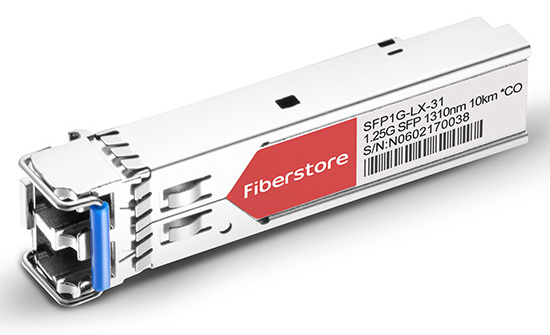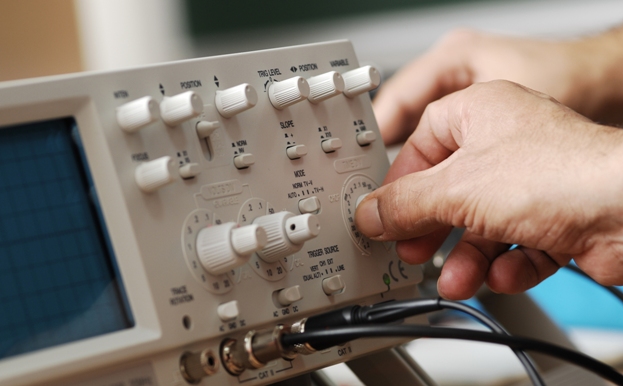When seeing the parameters of SFP transceivers, have you ever been confused about the description of “DDM/DOM support”? Definitely, the SFP transceivers with this supported function are better than those transceivers without such function. What is the real meaning of this parameter and how do we use it to facilitate our work? This article will give you the detailed answers.

What Does DDM/DOM Mean?
DDM refers to Digital Diagnostics Monitoring. It is a technology used in SFP transceivers which gives the end user the ability to monitor real-time parameters of the transceivers. The monitored parameters include optical output power, optical input power, temperature, laser bias current, and transceiver supply voltage etc.
DOM refers to Digital Optical Monitoring. It is also a technology which allows you to monitor important parameters of the transceiver module in real-time. You can use DOM to monitor the TX (transmit) and RX (receive) ports of the module, as well as input/output power, temperature, and voltage. According to these monitored parameters, network technicians are able to check and ensure that the module is functioning well.
Typically, DDM and DOM are similar to each other. They are usually used together to describe the real-time monitoring function of SFP transceivers.
Three Applications of DDM/DOM
Predicting Module Lifespan
This failure prediction enables network managers to find potential link failures before the system performance is affected. Through fault tracing, the network administrator can switch services to the backup link or replace the suspicious device in order to repair the system without interruption. By the real-time monitoring of operating voltage and temperature inside the SFP transceiver, administrators can identify the potential problems. For example, when Vcc voltage is too high, it will cause the breakdown of CMOS device, but when it is too low, the laser will be unable to work.
Locating Fault Position
In an optical link, locating the location of a fault is critical to the rapid loading of service. The fault isolation feature of DDM/DOM allows the system administrator to quickly locate the link failure. It can be used to locate whether the fault is in the module or on the line, and whether the fault is in the local module or in the remote module. By quickly locating the fault, the fault recovery time of the system is greatly reduced.
Verifying Module Compatibility
Another application of DDM/DOM is the verification of module compatibility. Compatibility verification is used to analyze if module's working environment is consistent with the data sheet or compatible with the relevant standards or not. The performance of the module can only be guaranteed in the compatible working environment. Otherwise, the non-compatible environment will cause the decreased performance of transceivers, resulting in transmission error.

How to Use DDM/DOM?
Here are five steps of executing the DDM/DOM commands in SFP transceivers:
Step one, Enable example: Router> enable (Enables the privileged EXEC mode. Enter your password if prompted.)
Step two, Configure terminal example: Router#configure terminal (Enters the global configuration mode.)
Step three, Transceiver type all example: Router (config) #transceiver type all (Enters the transceiver type configuration mode.)
Step four, Monitoring example: Router (config-xcvr-type) #monitoring (Enables monitoring of all optical transceivers.)
Step five, Monitoring interval example: Router (config-xcvr-type) #monitoring interval 500 ((Optional) Specifies the time interval for monitoring optical transceivers. Valid range is 300 to 3600 seconds, and the default value is 600 seconds.)
Conclusion
From this article, you can know that DDM/DOM function assists the network specialists easily find out problems inside fiber links. It simplifies the maintenance work and secures the system’s reliability. We provide many types of SFP transceivers with DDM/DOM function. If you have such requirement for your device, please search at our website for more information.
没有评论:
发表评论